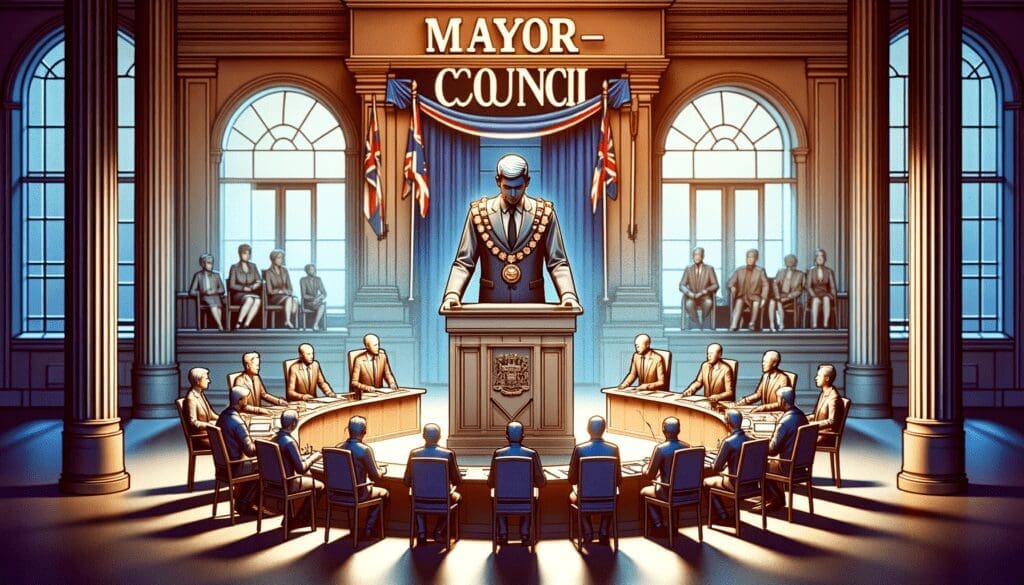The structure of municipal government is a cornerstone of local governance and city administration. Understanding the three most common forms – council-manager, mayor-council, and commission – provides insights into the functioning and governance of cities. This article delves into each form, exploring their features, advantages, challenges, and examples.
- Historical Background: Discuss the origins and development of the council-manager system.
- Structure and Functioning: Explain the role of the elected council and the appointed manager, focusing on their responsibilities and relationship.
- Advantages: Highlight the benefits such as professional management and non-partisan administration.
- Challenges: Address potential drawbacks, including reduced political accountability.
- Real-World Examples: Provide examples of cities using this form, with a focus on their successes and challenges.
Mayor-Council Government
- Historical Background: Outline the history and evolution of the mayor-council form.
- Structure and Functioning: Describe the mayor-council system, emphasizing the separation of powers and the roles of the mayor and the council.
- Advantages: Discuss the strengths, such as clear leadership and accountability.
- Challenges: Explore the limitations, like potential for political conflict.
- Real-World Examples: Mention cities that follow this model, analyzing how they implement it.
- Overview: Briefly outline the commission form of government,
- emphasizing its unique features.
- Key Characteristics: Elaborate on the roles and powers of commissioners.
- Examples: Identify cities operating under this system, with brief case studies.
Each form of municipal government has its strengths and weaknesses, tailored to meet the unique needs of the communities they serve. For more detailed insights into local governance and city administration, visit SnapSite.us.







